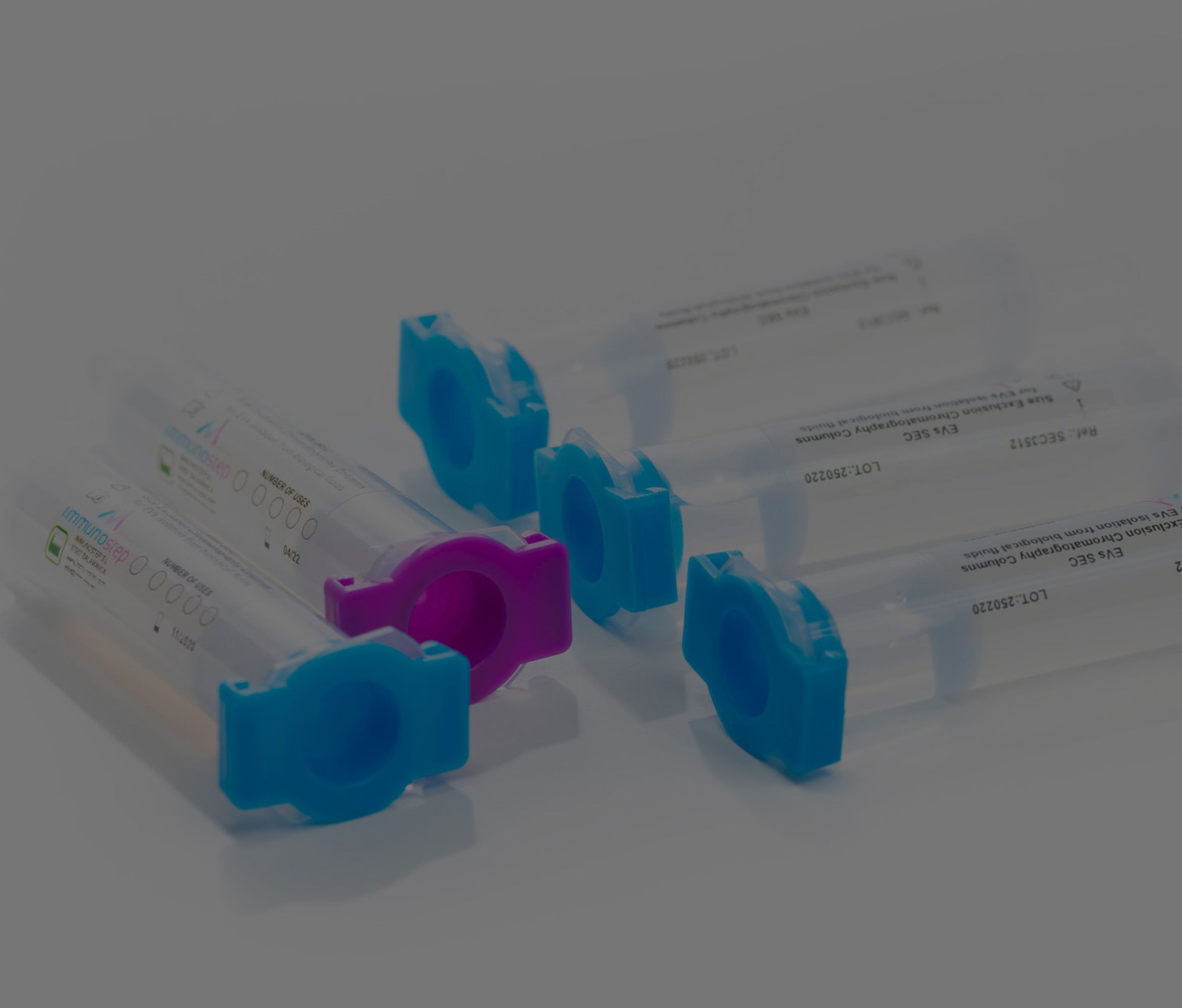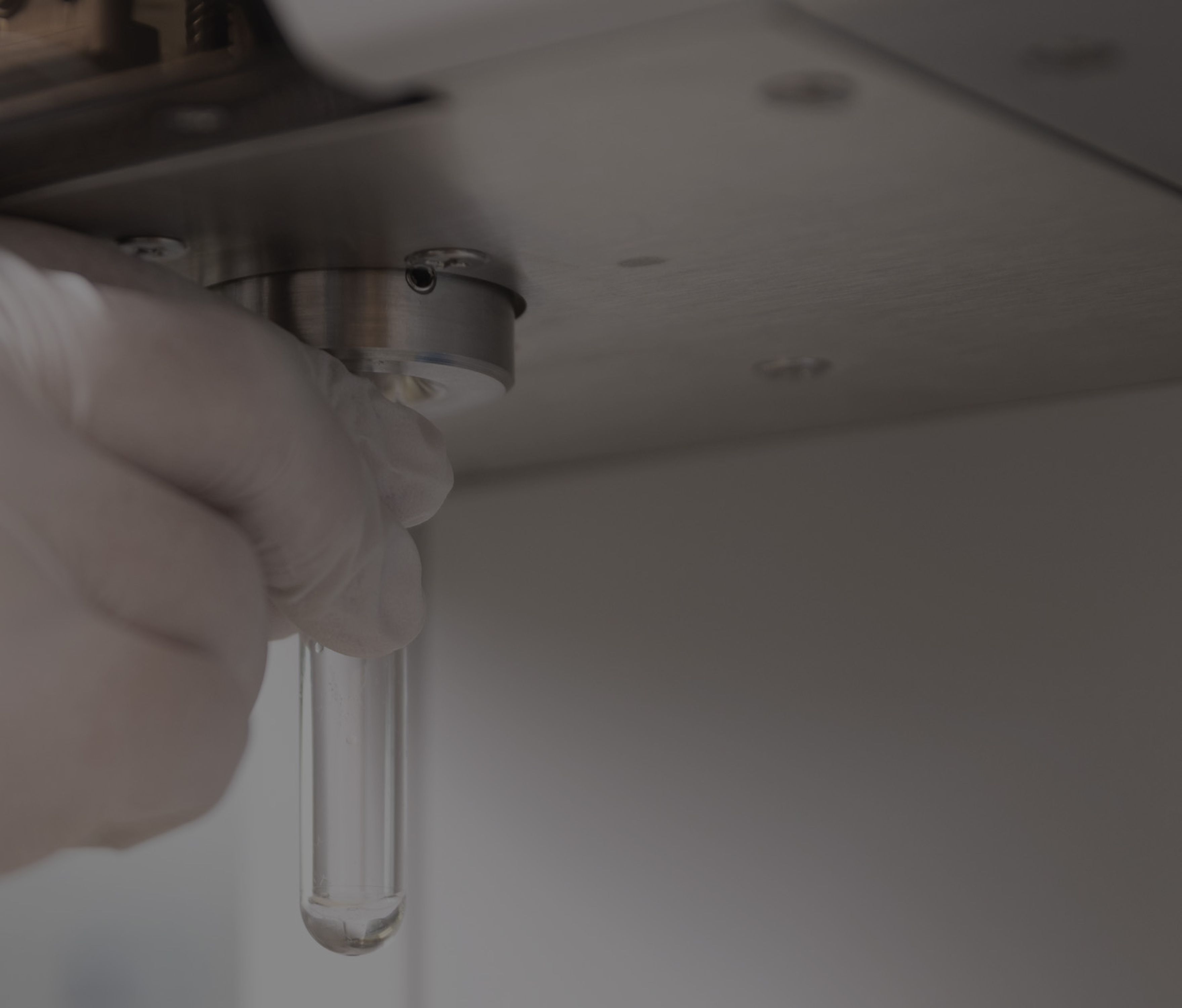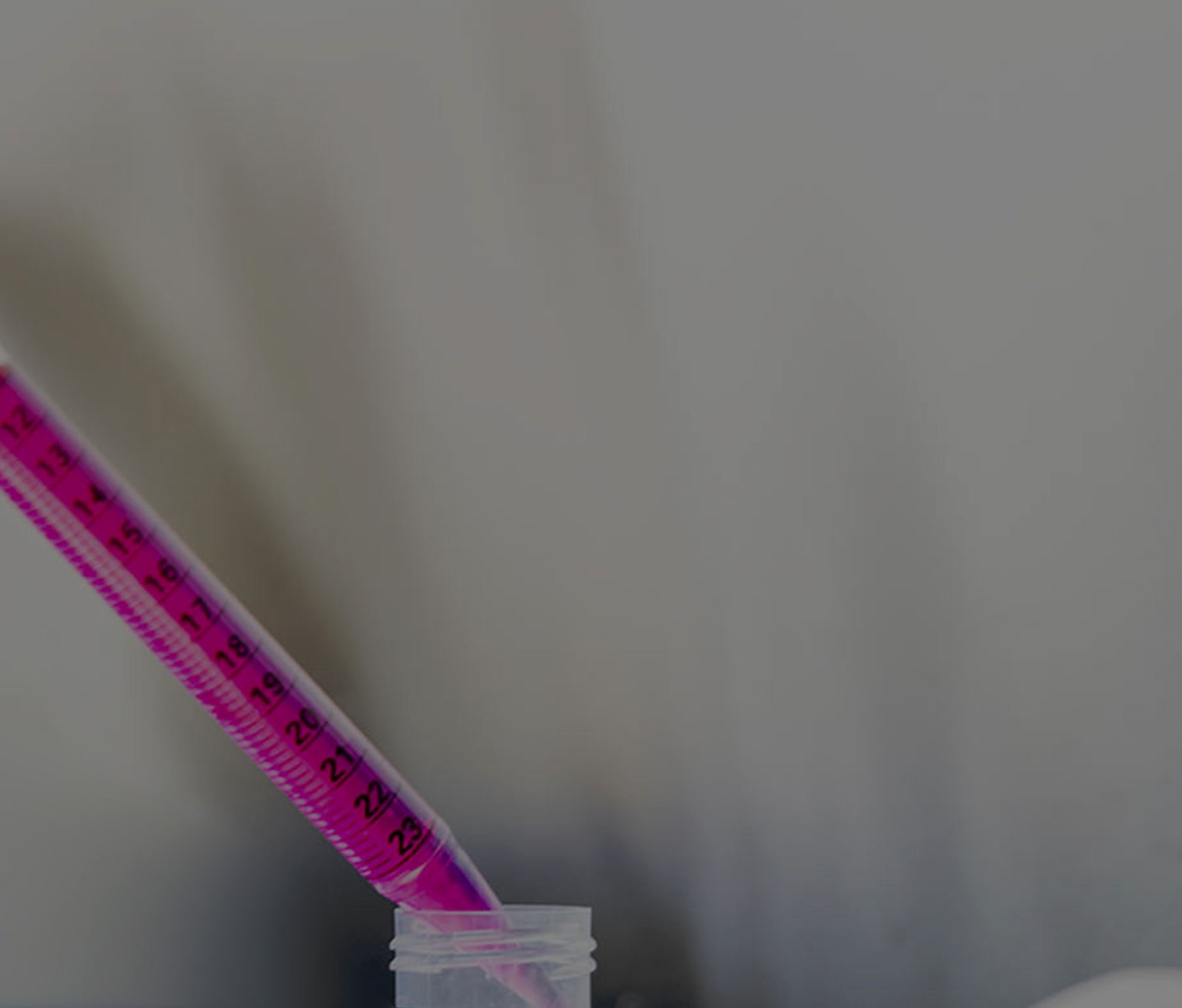- Products
- Oncohematology
- Antibodies
- Kits
- CAR T-cell
- Euroflow
- Single reagents
- Request info
- Resources and support
- Immunology
- Antibodies
- Single reagents
- Cross match determination (FCXM)
- FcεR1
- Ig subclasses
- Single reagents
- Kits
- TiMas, assessment of tissue macrophages
- Request info
- Resources and support
- Antibodies
- Exosomes
- Accesory reagents
- Software
- Oncohematology
- Services
- Peptide Production
- Design
- Modification
- Protein Services
- Expression and purification
- Freeze drying
- Monoclonal And Polyclonal Antibody Development
- Monoclonal
- Policlonal
- Specialized antibody services
- OEM/Bulk production
- Purification
- Conjugation
- Custom Exosome Services
- Isolation and purification
- Characterization
- Peptide Production
- Shop
- Support
- About Us
- Contact
Exosome Isolation Methods
The biological characterization of exosomes requires in most cases the isolation of intact exosomes. In this sense, a large number of methods have been developed for exosomes isolation from biological fluids. At Immunostep, we offer some of the most common techniques for exosomes isolation with all the guarantees.
Improving Exosome Isolation performance
Thanks to our breakthrough technologies and years of experience in the field of exosomes, we are able to efficiently isolate high quality exosomes from a variety of cell types and multiple sources of biological fluids.
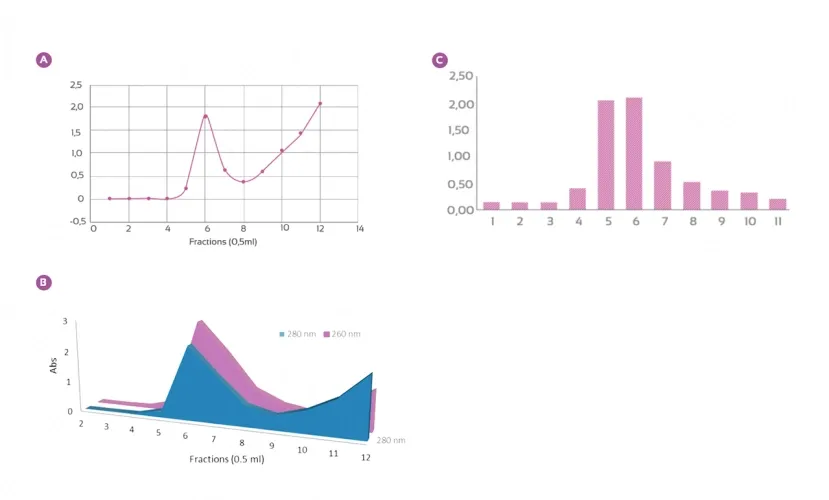
Exosome Isolation Columns
Isolation of EVs from plasma by Immunostep SEC columns. Sample obtained can be subsequently analyzed by Abs (280) (Fig. A) and Abs (260/280) (Fig. B), which allows monitoring the elution of the sample, by conventional cytometry with the use of kits based on beads (Fig. C), such as Exostep (Ref. ExoS-25-P81).
Improved exosomes isolation and recovery
A comparison was made using competitor columns, obtaining Immunostep’s columns a better performance in terms of recovery.
A) Comparison of the diameter of the isolated particles by column type. The D50 value means 50% of the particles have that diameter or less.
B) Concentration (particles / ml) obtained from purifying plasma (500 µl).

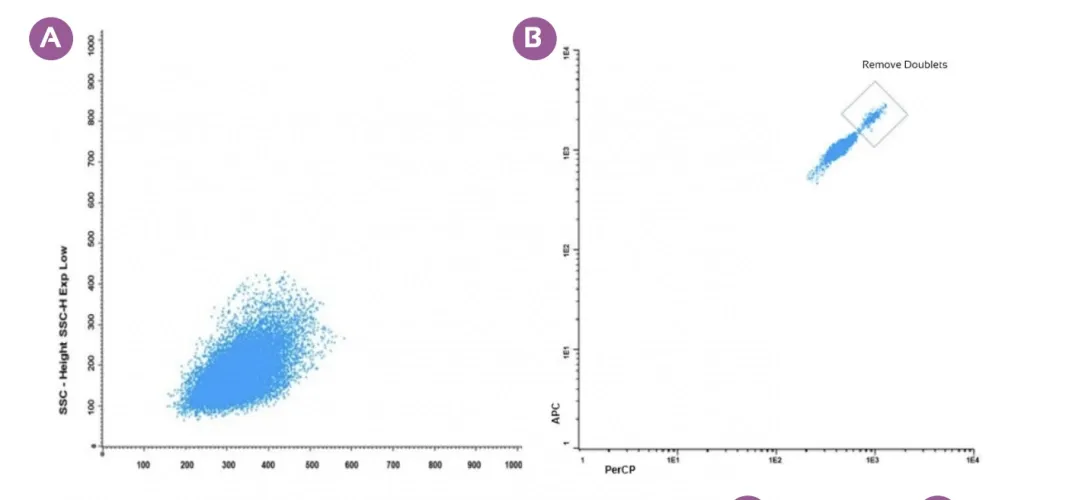
An adequate gating strategy FSC / SSC for 6 micron bead size and PerCP/APC, PerCP-Cy5/ APC or PerCP-Cy5.5/APC helps bead population identification and discrimination of doublets on flow cytometer. Have a look to this dot-plot gating strategy for acquisition and analysis FSC vs SSC (A) and PerCP vs APC (B).
Exosome Capture Beads
Elevate your Exosomes Isolation to the next level with Immunostep’s superparamagnetic Capture Beads:
Specific exosome isolation from different purification tecniques;
Without previous enrichment;
Fully compatible with downstream analysis (WB, mRNA, miRNA, …)
Exosome Precipitation Solutions
Increase your biomarker sensitivity detection with this simple and fast method:
Ultracentrifugation-free method for a highly-sensitive biomarker detection;
Clean Exosome preparation: reduce carry-over of albumins and immunoglobulins;
Obtain intact exosomes suitable for a wide variety of protein-sensitive applications.
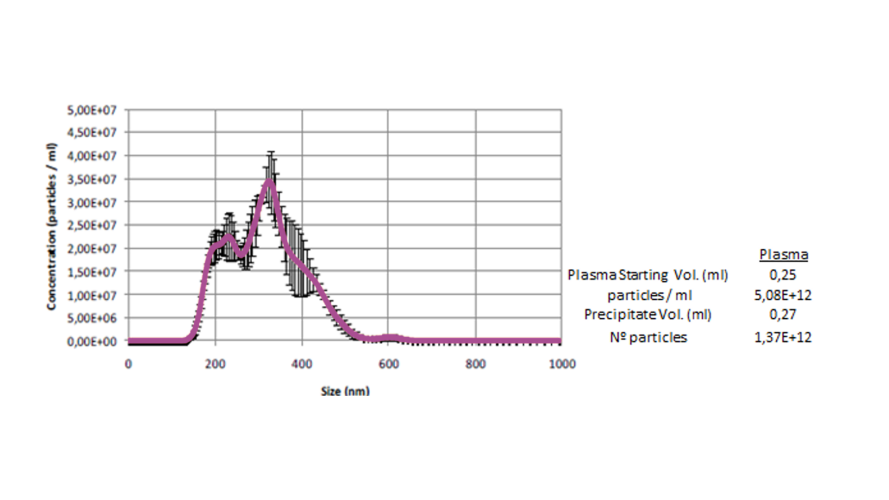
NanoSight analysis of the exosomes recovered from Plasma with Total Exosome Precipitation Solution. EVs recovered with Precipitation Reagent (from Plasma) have a similar size distribution than those isolated by other methods such as ultracentrifugation.
